Hwarang Institute (화랑교육원)
5.6Km 2024-02-23
62 Saenamsan-gil, Gyeongju-si, Gyeongsangbuk-do
Hwarang Institute is Korea's first character education organization. It aims to inherit the spirit of the Silla dynasty's Hwarang, a youth warrior group, and to cultivate good character and personality in children. Its facilities include Hwarang Hall, a playground, an auditorium, and a Safety Education Hall. Notably, the Safety Education Hall features an earthquake experience room, a life-saving room, and a 4D video room, where children can receive effective preventive safety education on health, crime, and natural disasters. Nearby tourist attractions include the Gyeongju National Museum, the Tomb of King Jeonggang, Gyeongju Millennium Forest Garden, and the Tomb of King Gyeongae.
Gyeongju Gyerim Forest (경주 계림)
6.0Km 2020-07-06
Gyo-dong, Gyeongju-si, Gyeongsangbuk-do
+82-54-779-8743
Gyerim Forest is located between the Cheomseongdae Observatory and Wolseong Fortress. The forest is thickly populated by ancient zelkova and willow trees rooted on gently sloping hills and along the small stream in the northwest part of the woods. According to legend, the forest is closely associated with myths surrounding the birth of Alji, the founder of the Gyeongju Kim clan. As such, it is designated national Historic Site No. 19.
Legend has it that King Talhae heard a rooster crying from deep inside the Sirim Woods. Chancellor Hogong was sent to investigate. Upon arriving, he found a rooster crying underneath a tree on which hung a golden box. Hogong immediately reported his find to the king, who instructed him to bring the golden box into the palace. The king opened the box and found a small child inside, Kim Alji. The forest, which had previously been called ‘Sirim’ or ‘Gurim’, became known as ‘Gyerim’, ('gye’ meaning rooster). The name Gyerim was also used to refer to the Silla kingdom.
Alji was adopted as the king’s son, but because the crown was passed on to King Pasa of the Park family, he never ascended the throne. The Kim clan later became the royal bloodline with the coronation of King Naemul some years later.
The memorial stone recording the birth of Kim Alji was erected in the third year of King Sunjo's rule in the Joseon dynasty. Located close to the royal fortress of Silla, the forest is still deeply revered as the mystical birthplace of the first ancestor of the royal Kim clan of Silla. Yellow canola blossoms along the path connecting Daereungwon with Gyerim and Banwolseong only add to the magical ambiance of the forest.
Nadul Hanok (나들한옥)
6.0Km 2024-12-19
4-1 , Jjoksaem-gil, Gyeongju-si, Gyeongsangbuk-do
+82-10-5011-7738
Nadeul Hanok is a newly-built hanok stay in Gyeongju, Gyeongsangbuk-do, which combines traditional hanok style with modern convenience. All rooms come with bed, toilet and bathroom, and thermostat-controlled ondol underfloor heating. In the shared lounge is an automatic coffee machine, a water purifier, toaster, electric range and electric kettle - plus emergency medical kit - all of which are free of charge to residents. Breakfast is also provided without charge. Nadeul Hanok is just a minute's walk from Gyeongju Cheomseongdae, with other famous Gyeongju sites also within walking distance.
Cheomseongdae Observatory (경주 첨성대)
6.0Km 2025-05-21
140-25 Cheomseong-ro, Gyeongju-si, Gyeongsangbuk-do
Cheomseongdae Observatory, constructed during the reign of Queen Seondeok (r. 632-647), is one of the landmarks of Gyeongju. The observatory was built in a cylinder shape at approximately 9 meters in x_height. The observatory consists of 365 stones, symbolizing the number of days in a year. The rocks are piled in 27 layers symbolizing the 27th ruler, Queen Seondeok, and the days in a lunar month by adding the of two rock layers on top.
◎ Travel information to meet Hallyu’s charm - "A Good Day to Be a Dog"
Cheomseongdae Observatory, where Bo-gyeom and Ji-ah, bound by a special fate, encounter each other, is the landmark that represents the city of Gyeongju and one of the oldest astronomical observatories in the world. In addition to its superlative value as a historical site, it is also popular as a tourist destination thanks to flowers and plants that bloom each season.
Wiyeonjae Hanok Stay (위연재)
6.0Km 2024-12-19
7 , Jjoksaem-gil, Gyeongju-si, Gyeongsangbuk-do
+82-10-9384-1000, +82-10-5694-2426
Wiyeonjae hanok stay stands on the edge of the Gyeongju Historic Area, so that from here Cheomseongdae, Daereungwon, Donggung Palace, Wolji Pond and the other historic sites can be reached on foot. It’s a place where Silla period relics were excavated during construction, and you can still feel the 1,000 year history of the Silla capital. All rooms are ondol-style, and all have bathrooms. One room, Munmu, has a numary(raised floor) which is a great spot for taking photos. A free breakfast is provided and parking space is available.
Tongiljeon Ginkgo Road (통일전 은행나무길)
6.0Km 2025-02-04
6 Chilburam-gil, Gyeongju-si, Gyeongsangbuk-do
Tongiljeon Ginkgo Road is a tree-lined road approximately 2 kilometers long in front of the Tongiljeon Hall, a building erected to commemorate the unification of the Three Kingdoms under Silla. The street is one of the best autumn destinations in Gyeongju, with ginkgo trees lined up on both sides of the road. During fall, the trees create a beautiful scene with their brilliant yellow leaves. The road is perfect for a leisurely drive or a walk, and from Tongiljeon Hall, visitors can enjoy a panoramic view of the entire ginkgo tree-lined path.
Ipungnyeo Guro Ssambap (이풍녀구로쌈밥)
6.1Km 2024-02-23
155 Cheomseong-ro, Gyeongju-si, Gyeongsangbuk-do
054-749-0600
Near the Cheomseongdae Observatory in Gyeongju, Ipungnyeo Guro Ssambap is renowned for its signature dish, Guro ssambap (leaf wraps and rice set menu). The dish is accompanied by jeyuk bokkeum (spicy stir-fried pork) and doenjang jjigae (soybean paste jjigae), along with a diverse array of side dishes and ten different types of vegetables for wraps. The restaurant focuses on preserving the natural flavors of the ingredients, using minimal chemical seasonings. Its commitment to providing a hearty and wholesome meal attracts numerous visitors.
Gyeongju Royal Tomb of King Naemul (경주 내물왕릉)
6.1Km 2020-04-04
Gyo-dong, Gyeongju-si, Gyeongsangbuk-do
+82-54-779-6100
King Naemul was the 17th monarch of the Silla Kingdom (in power from 356 to 402) and became the second king of the Kim family name. King Naemul was known as the first king to initiate the king title of ‘Maripgan’ and was known for spreading cultural advancements from China to the Korean people. When the allied forces of Baekje and Japan attacked, he asked Gwanggaeto the Great of Goguryeo for help and led the people to victory, contributing to the increased strength of the Silla Kingdom. After his rule, the throne was exclusively ceded to members of the Kim family clan.
The royal tomb of King Naemul is a large mound (22 m in diameter and 5.3 m in x_height) that sits on the northern hill of the Confucian school of Gyeongju. The edge of a natural stone is exposed around the bottom of the mound, pointing to the fact that the inner chamber tomb was made of stone. In the historical document Samguk Sagi (History of the Three Kingdoms), no records are found about the tomb, but the Samguk Yusa (Memorabilia of the Three Kingdoms) describes the king’s tomb as being located in the southwest of Cheomseongdae, which is consistent with the tomb’s location.
141MINIHOTEL (141미니호텔)
6.2Km 2024-12-19
141 , Wonhyo-ro, Gyeongju-si, Gyeongsangbuk-do
+82-54-742-8502
The 141 Mini Hotel is in Gyeongju, Gyeongsangbuk-do - capital of the ancient Silla kingdom and often described as ‘a museum without walls’. The hotel caters to both holiday and business travelers, and hotel facilities include a book cafe, gallery, board game room, and business center, so visitors enjoy hotel-level convenience at motel-level prices. Gyeongju Station and Gyeongju Express Bus Terminal are just 5 minutes and 10 minutes away respectively; while tourist sites such as Daereungwon Tomb Complex, Donggung Palace and Wolji Pond, Cheomseongdae, and Bulguksa Temple are all nearby.
Gyeongjuhyanggyo Local Confucian School (경주향교)
6.2Km 2025-06-12
27-20 Gyochonan-gil, Gyeongju-si, Gyeongsangbuk-do
Gyeongjuhyanggyo Local Confucian School is located near Gyochon Hanok Village in Gyeongju. The surrounding areas, Gyochon, Gyori, and Gyodong, derive their names because of this school. Although the exact date of its original construction is unknown, Gyeongju Hyanggyo was renovated during the reign of King Seongjong of the Joseon Dynasty, modeled after Seoul’s Seonggyungwan National Academy. The buildings follow the typical Confucian layout of “hall in the front, shrine in the back.” While seowon were private academies, hyanggyo were public institutions. Although it no longer serves the educational purpose, every spring and autumn it hosts traditional Confucian rituals. It also offers cultural programs such as tea ceremonies, rice-cake pounding, and archery. From April to October it hosts traditional Korean-style demonstration weddings, where visitors can participate in the ceremonies for free.
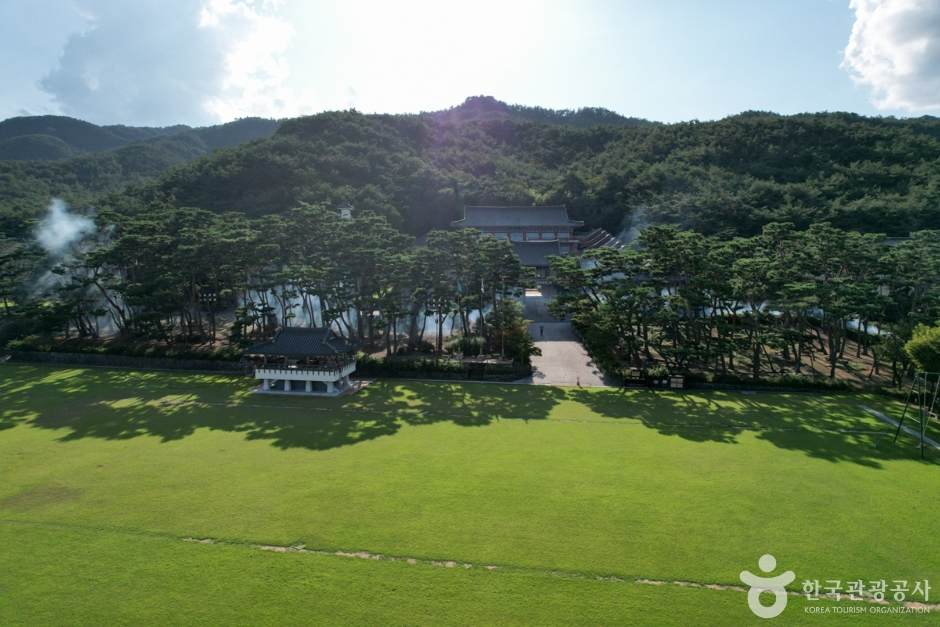

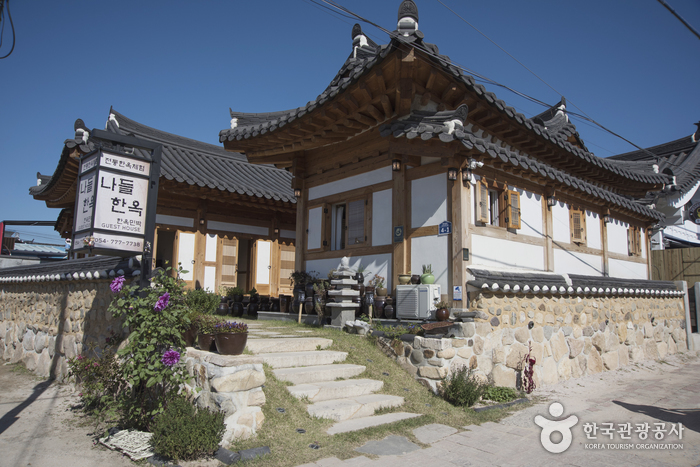
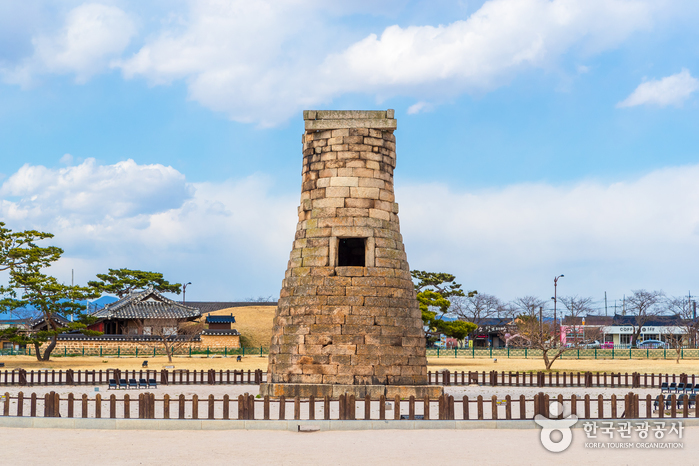
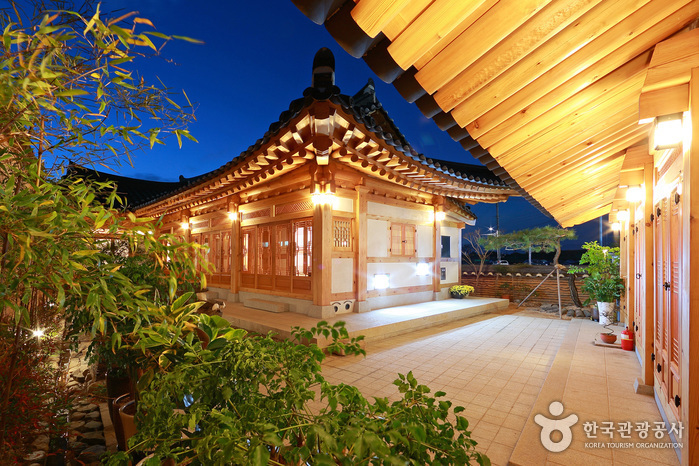

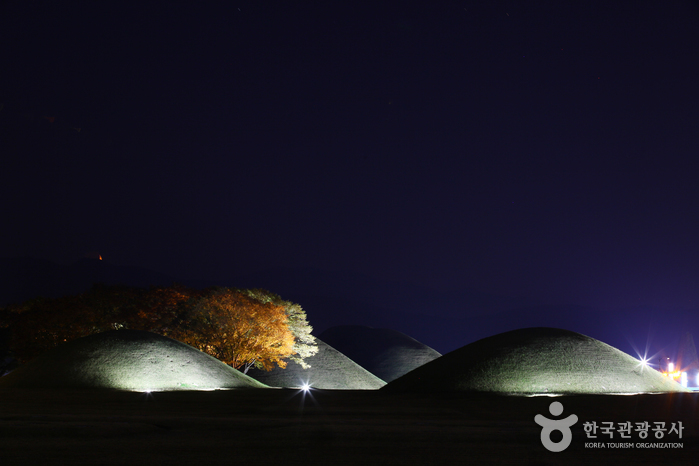
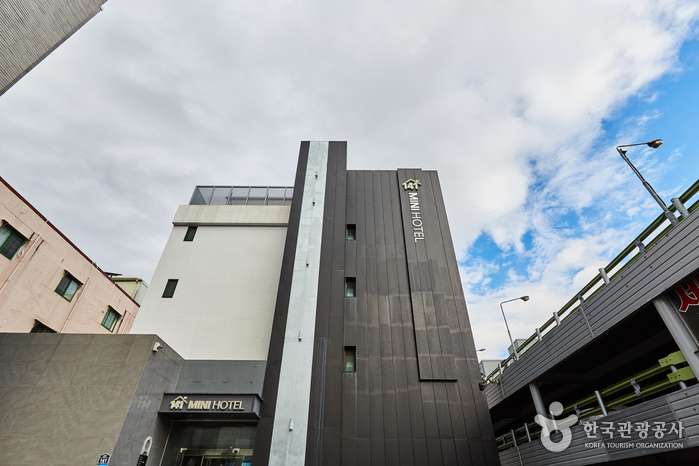
 English
English
 한국어
한국어 日本語
日本語 中文(简体)
中文(简体) Deutsch
Deutsch Français
Français Español
Español Русский
Русский